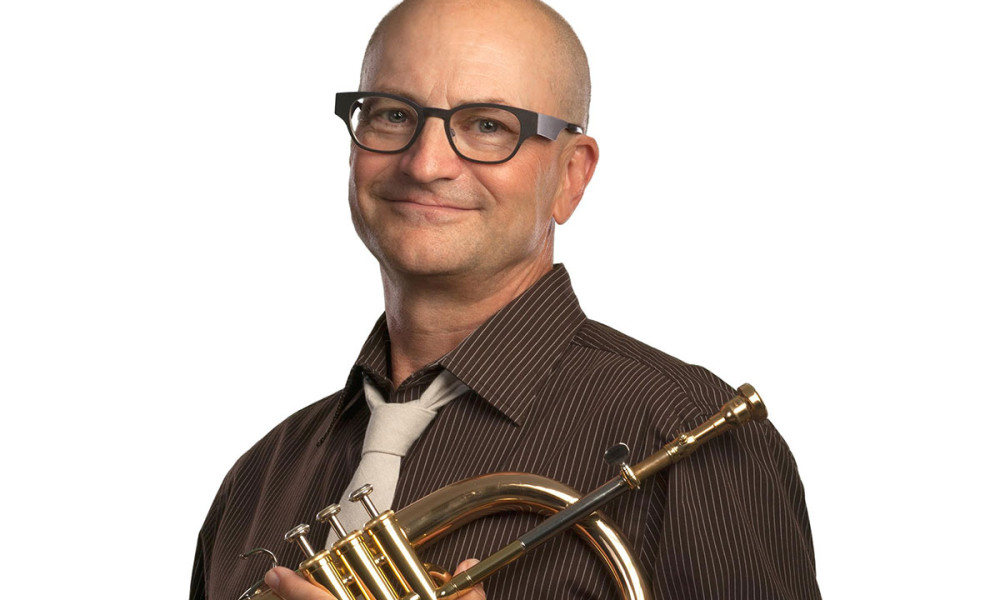Whisper tones exist on the cusp of a note, just before the lips set into full vibration. As the name implies, they sound like a whisper or a hint of the pitch within the sound of moving air. They are very, very quiet; if there is much ambient noise in the room, you can’t hear them. They are a good practice technique to work on when others nearby are asleep.
What Is It? Play a soft note in the mid register, and decrescendo until the lips stop vibrating. Keep the air flowing and gently increase lip and air compression as you try to to coax the note back out.
(“Coax” is always a better word than “force.”)
Listen for the whisper tone just before the note starts to sound. Go back and forth past the threshold between note and air, like a water skier going in and out of the wake. Sometimes changing fingering, as when slurring between adjacent notes, stimulates the appearance of the whisper tone.
When you hear the whisper tone, try to sustain it. You’ll discover that despite the soft volume, a substantial amount of air needs to pass through the lips to generate and maintain the tone.
Subtly manipulate your embouchure to convert more of the air into pitch. When the whisper tone is brought into focus, the sound is reminiscent of that produced by a wet finger circling the rim of a glass.
Why Play It? Gaining control of whisper tones can be elusive and frustrating. Sometimes it takes a little while to get them to sound, and then they disappear again. Even if you don’t produce the tone, it is beneficial to listen closely to the evenness of your airstream and pay close attention to the fine control of your embouchure setting.
Whisper tones are not often mentioned in brass pedagogy; many people have never heard of them. I first encountered the term in a book by David Hickman.
But they will do wonders for your soft response. If you can play a note in a whisper tone, pianissimo will seem no problem at all.


